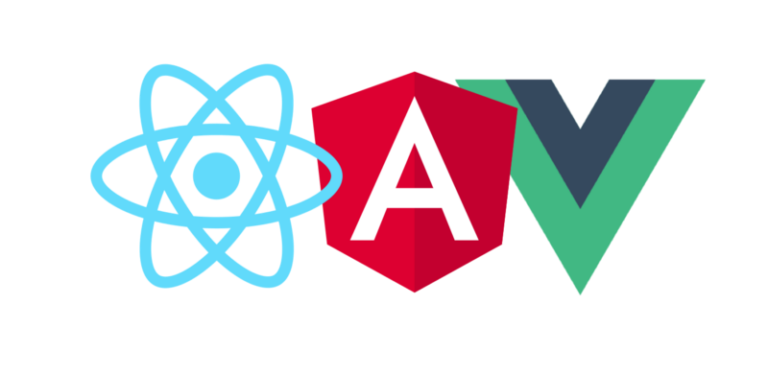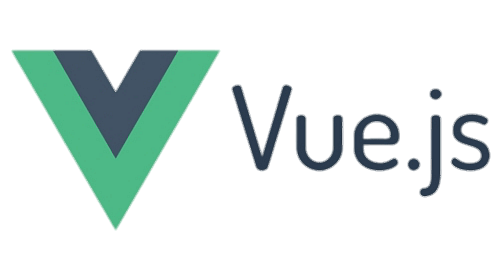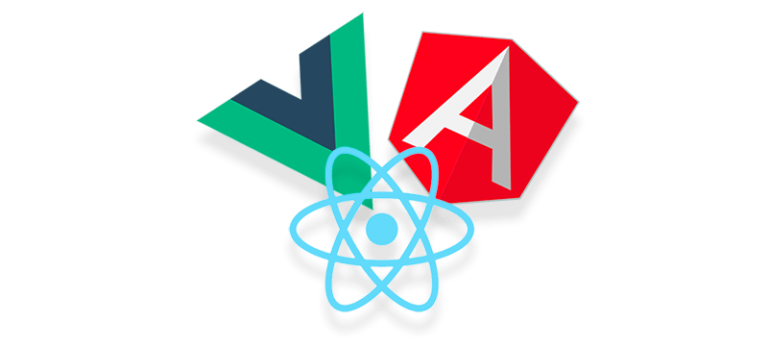
Exploring JavaScript Frameworks and Libraries
Exploring JavaScript Frameworks and Libraries: In the vast realm of web development, JavaScript is a necessary tool for creating dynamic, interactive webpages and enhancing user experiences. To accelerate development and provide dependable apps, developers commonly employ JavaScript frameworks and libraries. These efficient solutions include pre-built components, tools, and architectural patterns to streamline coding procedures and boost productivity. In this blog, we’ll look at a number of popular JavaScript frameworks and libraries, highlighting their benefits, uses, and features.
React.js is a well-known JavaScript user interface library that Facebook built. Because of its component-based architecture, developers may create reusable user interface elements, leading to modular and maintainable code. React’s virtual DOM efficiently speeds up web pages by refreshing them only when necessary. It is a popular tool for developing mobile apps and single-page applications (SPAs), and it has excellent server-side rendering (SSR) capabilities.

Google developed Angular, a feature-rich JavaScript framework for building sophisticated applications. Because of its robust features and extensive toolkit, Angular offers a complete development solution that includes data binding, dependency injection, and routing. It follows the Model-View-Controller (MVC) architecture, which promotes code reuse and concern separation. For complex apps that need a lot of functionality, such as admin dashboards or corporate software, Angular is the ideal option.
Easy integration and simplicity are the primary objectives of the lightweight Vue.js JavaScript framework. Because of Vue.js’s simple syntax and low learning curve, developers may progressively incorporate its features into applications that currently exist. Reactive data-binding and component-based design features of Vue.js make it simple for developers to create reusable user interface components. Its performance and versatility make it a popular choice for both small- and large-scale applications.

Despite its decline in usage, jQuery remains a widely used JavaScript library. It simplifies the processing of events, DOM manipulation, and Ajax queries, allowing programmers to create straightforward code that works across several browsers. A fantastic choice for small projects and quick experimentation, jQuery has a large plugin ecosystem that offers even more functionality. However, instead of being used as a stand-alone solution, jQuery is now often used in conjunction with modern JavaScript frameworks as they have evolved.
A flexible and easy-to-use Node.js framework, Express.js is perfect for creating web applications and APIs. It provides an array of simple and efficient routing, middleware, and template engine functionalities. Developers can create scalable and effective server-side applications with ease when they use Express.js. Because of Express.js’ robust ecosystem and wide community support, backend developers that utilize Node.js often employ it.


JavaScript frameworks and libraries have revolutionized the web development business by providing effective solutions and making complex tasks easy to grasp. React.js, Angular, Vue.js, jQuery, and Express.js are only a handful of the numerous technologies that are accessible. Developers must choose the ideal framework or library for their needs based on project requirements and experience, as each one has unique uses and capabilities. Developers may utilize these powerful technologies to create scalable applications, improve processes, and create engaging user experiences.
